Wednesday, 15 May 2024
Menu


A Swedish expedition, while exploring the seabed between Gotland and Öland with sonar, found the wreck of a large vessel. Preliminary findings indicate that the wreck, resting in the depths, sank between the 12th and 14th centuries.
The discovery has caused quite a stir among Swedes. They reckon that the wreck, 28m long and 7m wide, is one of the oldest and best preserved of its kind. All thanks to the fact that the great depth, low oxygen level, temperature and low salinity of the Baltic Sea waters create a mixture that perfectly preserves everything that rests on its bottom.
“When I saw the pictures for the first time, the hair on the back of my neck stood up!” – told a local newspaper reporter, an emotional wreck expert Erik Bjurström.
Given the ship’s location and age, speculation has already begun as to whether it was the ship of the Danish king Valdemar Atterdag, returning home after sacking the town of Visby on Gotland in 1361.
“Theoretically, there is a possibility that it was a royal ship,” said Richard Lundgren, head of Ocean Recycling, who is leading the expedition.
In order to limit the influence of the neighbouring merchant league – the Hanseatic League, the Danish king Valdemar IV, decided to attack Gotland. According to the legend at the time, he hated its inhabitants, especially those living in the town of Visby, whom he heard making mocking songs about him.
After the invasion of Visby, wanting to get back at the townspeople and humiliate them, Atterdag had 3 large barrels set up in the town square and then issued an ultimatum that if they were not filled with gold and silver within 3 days, his men would plunder the town.
The threat caught the imagination of the citizens of Visby, for before nightfall on the first day, the barrels were filled with precious metals. In order to collect the required ransom as quickly as possible, no one was spared, especially the churches from which the valuables were taken first. The barrels were loaded onto ships that were to take them to their home port. Unfortunately, on the way one ship with the loot sank. Despite many attempts by modern searchers to find it, no one succeeded.
After analysing the photographs, Erik Bjurström, is almost certain that the find is medieval cogaso popular in those days. The vessel is located at a hard-to-reach depth of 100m, and its location, of course, is kept in the deepest secrecy.
In the coming days, further exploration of the find is planned, using more technologically advanced methods. An ROV is to be sent to the wreck, thanks to which scientists hope to obtain more precise images and information which will allow them to confirm their current assumptions. Above all, they hope to find answers to the three most important questions: is it really a koga, and if so, did it belong to the Danish king and did it carry the aforementioned ransom from Visby?
“Of course, we are all hoping for verification in the form of the most optimistic variant, but as far as I am concerned, confirmation that it is a medieval koga is enough, as it would be a sensation on a global scale! And if the Visby treasure is on it? All the better!” – Bjurström said.
This is another wreck found in the area in the last few weeks. An earlier expedition led by Richard Lundgren, has found a 16th century vessel at a depth of about 50m.
Recently, more and more expeditions from the Baltic countries have been reporting new finds almost wholesale. This is certainly gratifying, but it should not come as a surprise. In the turbulent waters of the Baltic Sea rests an innumerable number of vessels that have found their way to its bottom over the centuries. Today, when people have the latest technological achievements at their disposal, allowing almost unlimited exploration of the seabed, it is time to bring them back to humanity.
Source: ocean-recycling.com

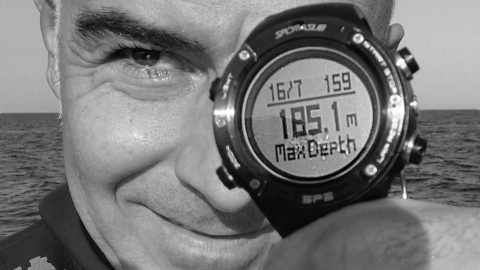

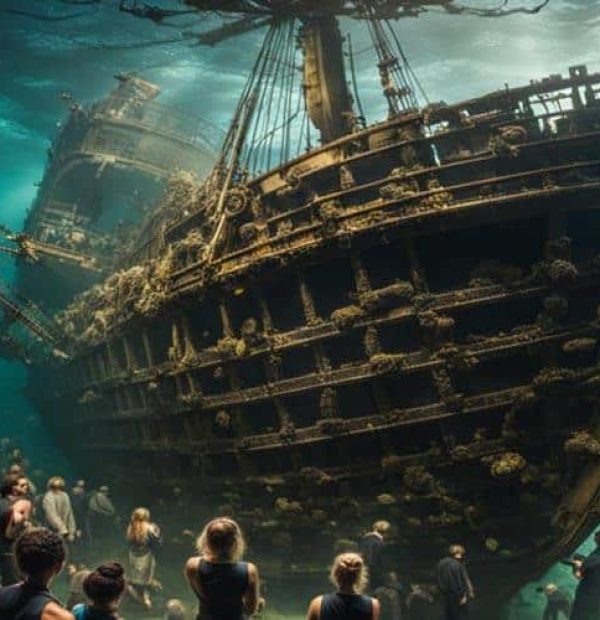
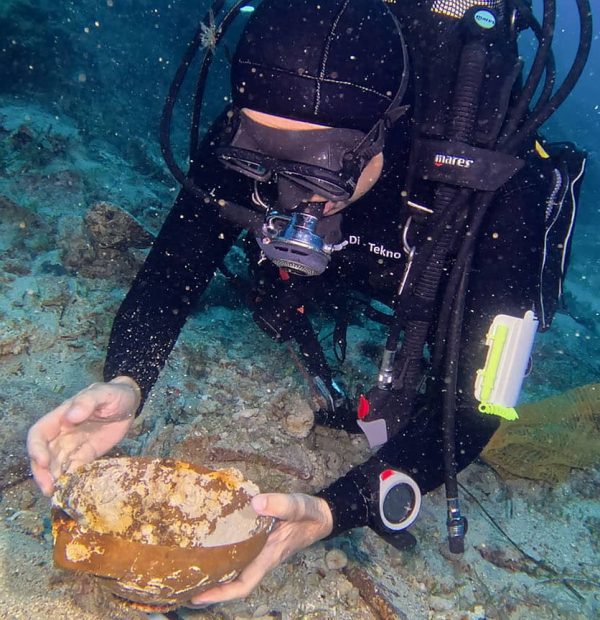
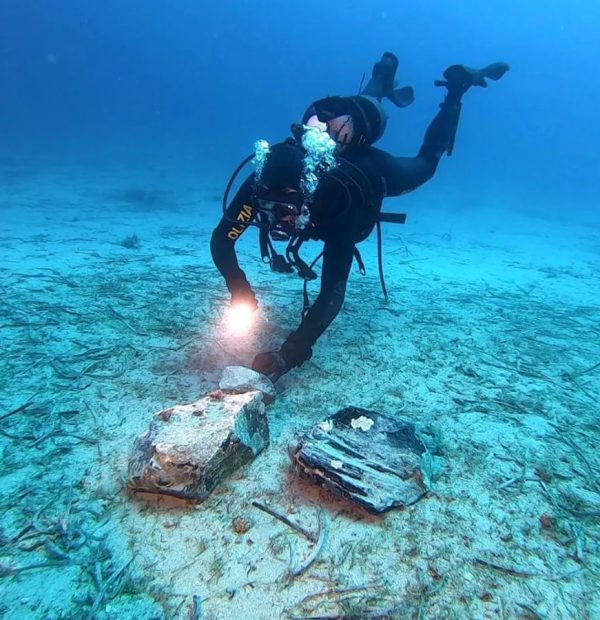
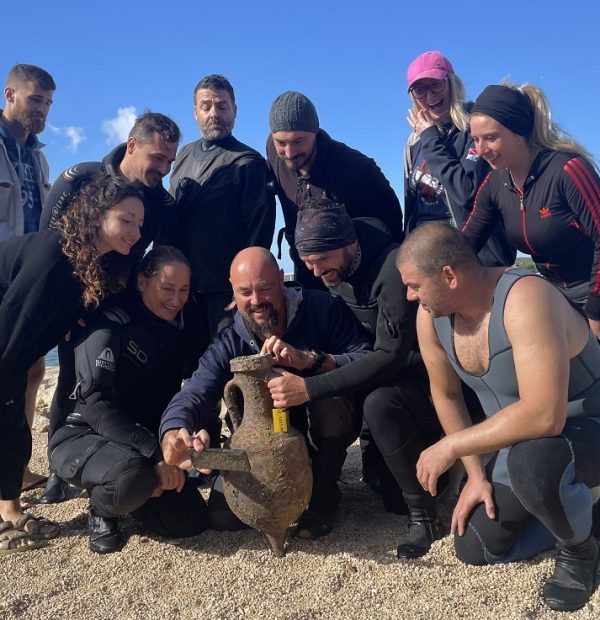
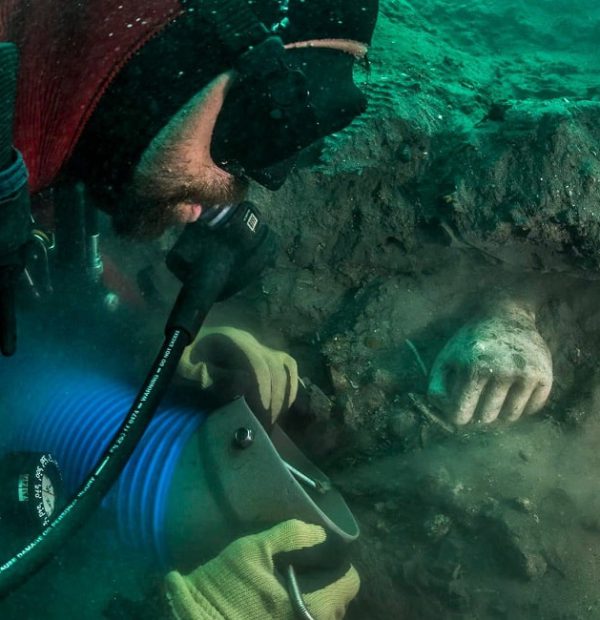
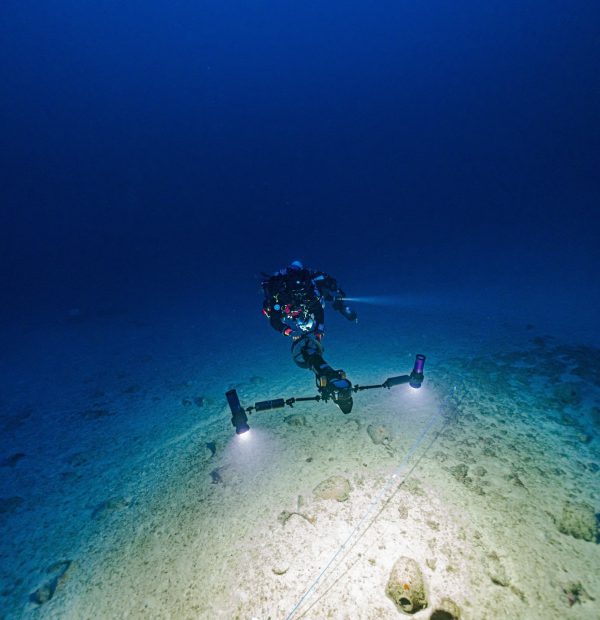

Welcome to DIVERS24.COM, your daily source of scuba news, freediving, scuba diving information, and equipment reviews. Our comprehensive coverage of the dive industry from A to Z provides you with all the latest scuba news, training updates, underwater photography tips, and everything else related to scuba diving. Whether you’re a beginner or an experienced diver looking for more knowledge about scuba gear or techniques – we’ve got it covered! With our in-depth articles written by experienced divers who have been there and done that, you are sure to find exactly what you need here at Divers24.com. Dive into scuba news today!
Underwater Media Sp. z o.o.
Szafarnia 11/F8,
80-755 Gdansk, Poland
Welcome to DIVERS24.COM, your daily source of scuba news, freediving, and scuba diving information. Sign in for a weekly news update and discount coupons for dive gear and apparel.
@2023 - underwatermedia.pl. All Right Reserved. Designed and Developed by Tworzenie stron internetowych Gdansk

The Divers24 portal is currently the largest online medium treating diving in Poland. Since 2010 we have been providing interesting and important information from Poland and around the world on all forms of diving and related activities.
Contact us: info@divers24.com